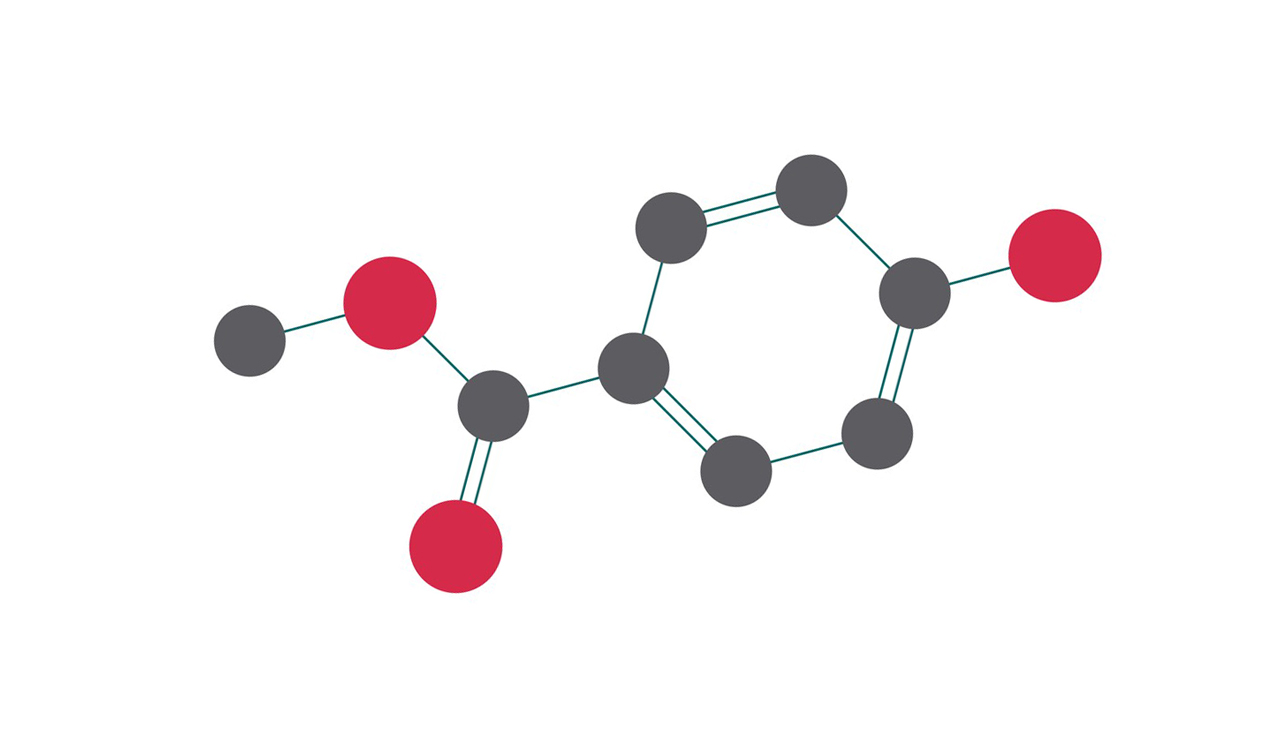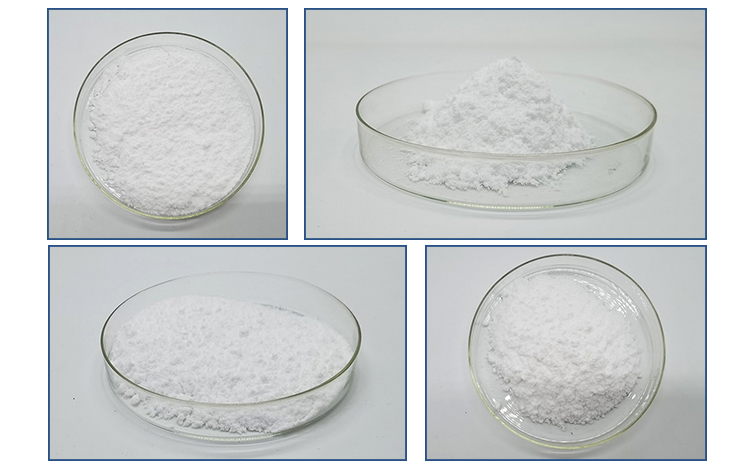Materials of Methylparaben
1.Chemicals and Reagents:
Methylparaben: High-purity methylparaben (CAS number 99-76-3) obtained from a certified supplier.
Solvents: High-performance liquid chromatography (HPLC) grade methanol, ethanol, and water.
Buffer Solutions: Phosphate-buffered saline (PBS) for pH stability studies.
Standards: Methylparaben standard solutions for calibration curves.
2.Analytical Instruments:
HPLC System: Equipped with a UV detector and C18 column for separation and quantification.
UV-Vis Spectrophotometer: For absorbance measurements.
pH Meter: For pH adjustment and measurement.
Analytical Balance: For accurate weighing of chemicals.
Glassware: Volumetric flasks, pipettes, beakers, and other laboratory glassware.

3.Biological Materials:
Cell Lines or Bacterial Strains: If evaluating antimicrobial or cytotoxic effects.
Methods of Methylparaben
1.Preparation of Solutions:
Stock Solution: Dissolve a known quantity of methylparaben in methanol to prepare a stock solution.
Working Solutions: Dilute the stock solution with appropriate solvents or buffers to prepare working solutions of desired concentrations.
2.HPLC Analysis:
Mobile Phase Preparation: A mixture of water and methanol (70:30 v/v) is prepared as the mobile phase.
Column Conditions: Use a C18 column, set the flow rate to 1 mL/min, and maintain the column temperature at 25°C.
Injection Volume: Inject 20 µL of the sample solution.
Detection: Set the UV detector to 254 nm for methylparaben detection.
3.Calibration Curve:
Prepare a series of standard solutions of methylparaben in the range of 0.1 to 10 µg/mL.
Inject each standard into the HPLC system and record the peak areas.
Plot the calibration curve of peak area versus concentration.
4.Sample Analysis:
Inject the sample solutions into the HPLC system.
Measure and record the peak areas.
Calculate the concentration of methylparaben in the samples using the calibration curve.
5.Stability Studies:
pH Stability: Prepare solutions of methylparaben in PBS at different pH values (4, 7, and 9).
Incubate the solutions at room temperature and periodically analyze using HPLC to determine the stability of methylparaben.

6.Antimicrobial Activity (if applicable):
Microbial Cultures: Prepare cultures of bacterial strains (e.g., E. coli, S. aureus).
Inoculation: Inoculate agar plates with the bacterial cultures.
Disc Diffusion Method: Place discs impregnated with methylparaben solutions on the inoculated plates.
Incubation: Incubate the plates at 37°C for 24 hours.
Measurement: Measure the zones of inhibition around the discs.
7.Cytotoxicity Assay (if applicable):
Cell Culture: Culture appropriate cell lines (e.g., fibroblasts).
Treatment: Treat the cells with varying concentrations of methylparaben.
Assay: Perform an MTT or similar assay to evaluate cell viability.
Analysis: Measure absorbance and calculate the percentage of viable cells.
8.Data Analysis:
Use statistical software to analyze the data.
Perform regression analysis for calibration curves.
Calculate means, standard deviations, and perform hypothesis testing as needed.
This methodology ensures the accurate quantification and evaluation of methylparaben in various samples, providing reliable data for further analysis.
